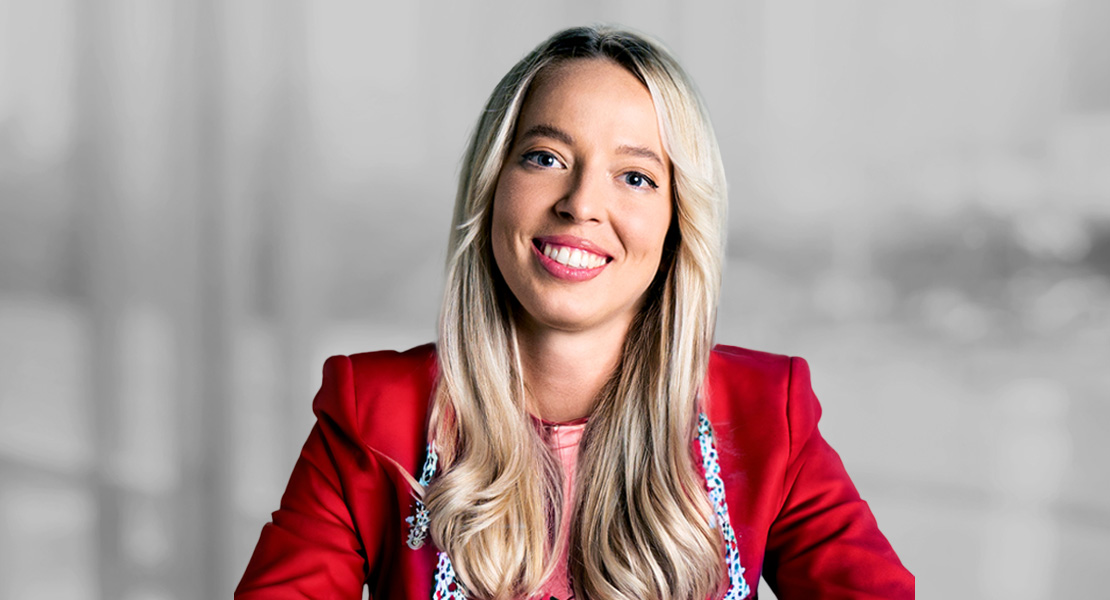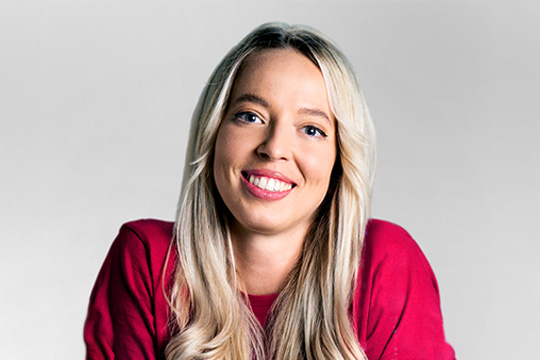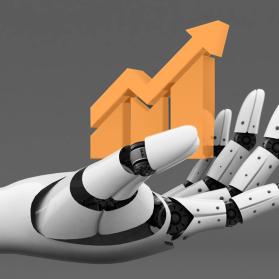As you search for a crystal ball that will show you the future, you will find that Foresight can serve you rather well. The methodology begins by anticipating multiple variants of the future and developing specific strategies or recommendations for action. Detecon expert Carolin Šalé explains what is important.
Foresight is viewed as the “second design thinking.” What makes Foresight so special?
It is true that “future thinking” is considered by some experts to be the new design thinking. Whether this is truly accurate remains to be seen. We see Foresight gaining momentum, however. This is a consequence of the incredible number of changes that are happening all at once in the world: wars, pandemics, climate change, and extremely rapid, exponential developments in technologies. Managers and Executives wonder how they can even keep pace with transformation, let alone take the lead.
At first glance, it would seem to be an insurmountable task; after all, it is impossible to predict the future. However, Foresight, or more precisely “Strategic Foresight”, is a means of anticipating multiple variants of the future and deriving concrete strategies or recommendations for action. Giving due consideration to these variants is an essential element in preparing for tomorrow. Obviously, I can’t tell what will happen in twenty years, but I trust the Foresight process and can arrive at assessments that are relevant for decision-making.
What is the difference between Foresight and a classic trend radar?
Foresight is a process, in which you systematically investigate mainly trends, technologies, or social developments with the aim of drafting possible scenarios for the future. In doing so, we use methods such as future scenario design to render what we learn in a tangible way.
The trend radar is a tool for the identification of all relevant technologies and trends and their compilation into a collective view. It is definitely helpful as you can easily become lost in the depths of trend reports.
Trends from the trend radar can be identified, weighted, and combined with one another; the results serve as the foundation for the description of future scenarios.
What makes it generally difficult for companies to make decisions for the future?
The uncertainty. When we make decisions about the future, there is no guarantee that we will be backing the right horse. And until we can enter a time machine to travel into the future and return, we will never be one hundred per cent certain about coming events.
The advantage of the Foresight methodology, however, is that it allows you to look into different variations of a possible future and prepare for divergent circumstances rather than selecting a single vision of the future — and going all-in on it.
How would you specifically go about establishing a foresight process in a company?
Generally speaking, there is no one solution that will function equally well in all companies. It always depends on the structure of the enterprise. Nevertheless, it is advisable to apply the strategic Foresight methodology at a higher level within the organization.
The future scenarios that are evolved should be visible and tangible for all teams and generate a common understanding. The individual teams should be able to utilize the elements arising during foresight activities — be they the future scenarios, future personas, trends, or other components. We call this the “Foresight Library.” It goes without saying that the components don’t have the right focus or level of detail for every team, but they can serve as a starting point for further development. There is no need to reinvent the wheel every single time.
Are there any mistakes that companies frequently make when deriving strategies for the future?
Yes, there are several, but one common mistake that is really hard to dodge is linear thinking. While simply human nature, it should be avoided when anticipating future scenarios because technologies develop exponentially, not linearly. And that makes a big difference.
Allow me to illustrate this with an example from Peter H. Diamandis. If I take 30 linear steps, it would be one, two, three, four, five. After 30 linear steps, I am 30 steps or 30 meters away, and we can all say approximately where we would be standing after taking 30 steps. But if I told you to walk 30 exponential steps — one, two, four, eight, sixteen, thirty-two steps — and then asked where you would be standing, very few people would say “a billion meters away,” a distance equivalent to circumnavigating the globe twenty-six times.
When trying to picture future scenarios, the people involved can fall prey to this error very quickly. The result: false assessments. A future scenario quickly evolves that may occur in only five rather than in twenty years.
What are important actions or first steps that teams should initiate so that they are better prepared for the future?
The most important concern is to establish a foresight process right from the beginning. Once it has been correctly executed and implemented, it can be repeated with far less effort and can be used by other teams as well. The first step in the process would be to set a focus: why and in what area do I want to use Foresight and what is my goal? This will facilitate the subsequent scouting for pertinent technologies, trends, and early signals.
Thank you for the insights!







